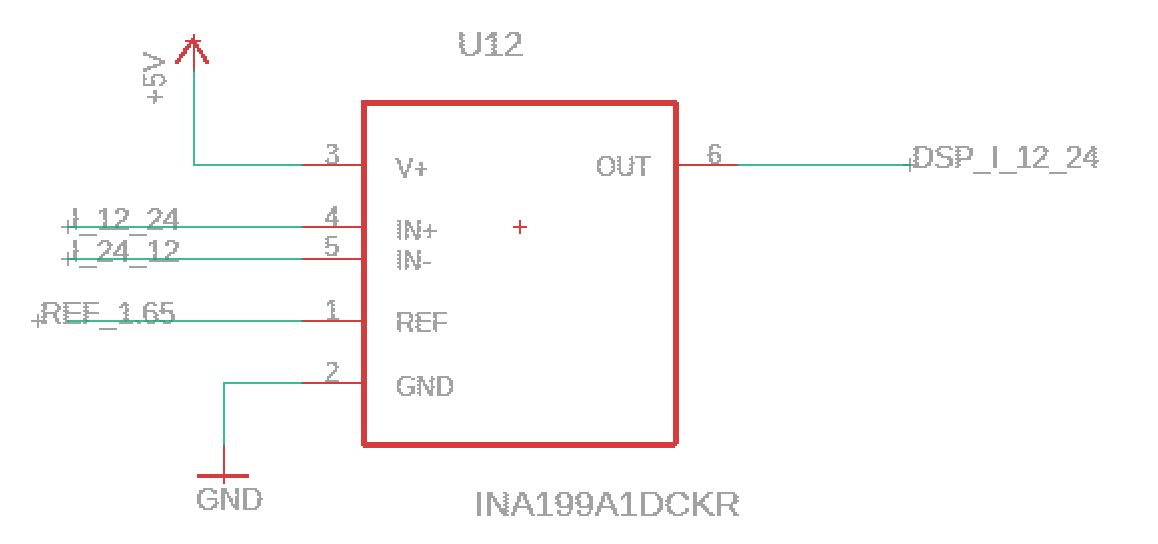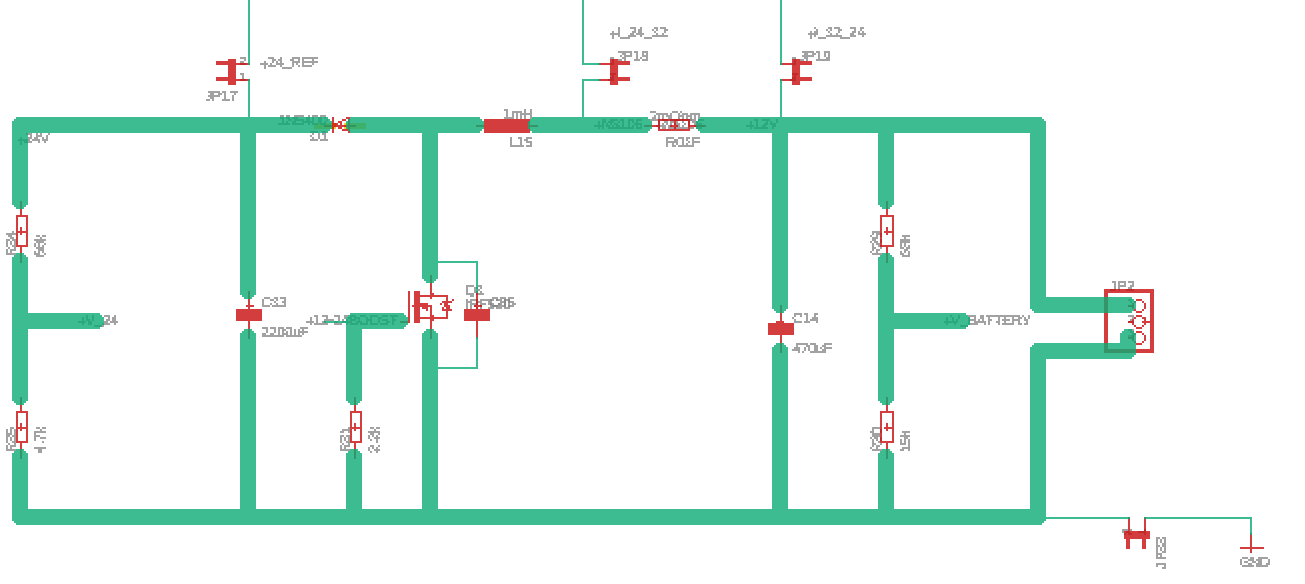Hi,
I am using INA199B2 bidirectional current sensor for my project.
I powered the system with 12V battery. I had also a voltage regulator stepping voltage down from 12V to 5V which was used as a power supply for my INA199B2 chips.
After energizing the circuit I find out that the voltage supply port of INAB2 is exactly the same as my battery voltage.
I had a similar problem before when I used INA100A2. I was told that version B should be enough to solve my problems.
How can I fix it?
Best Regards,
Bartosz





